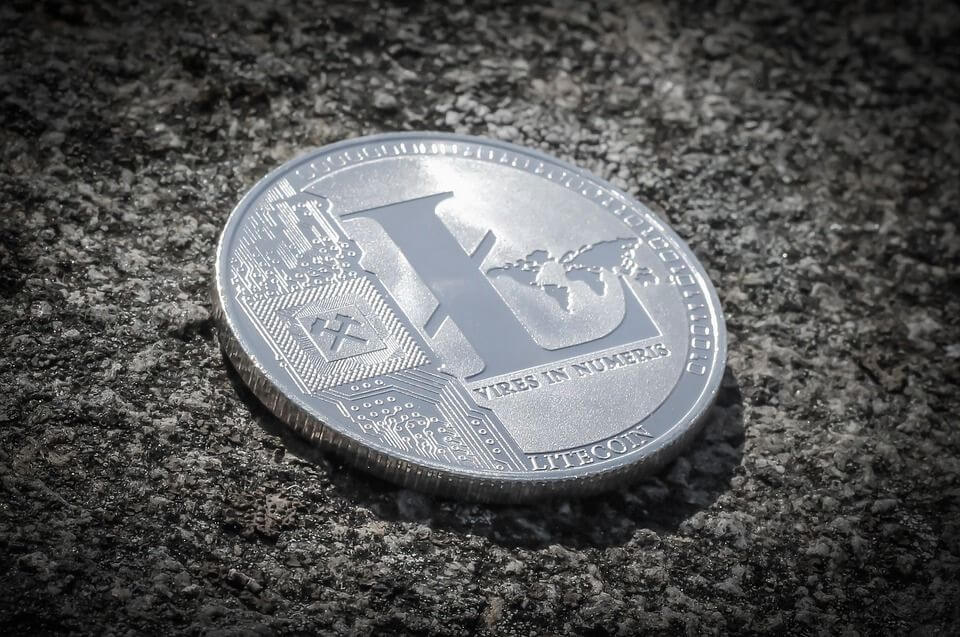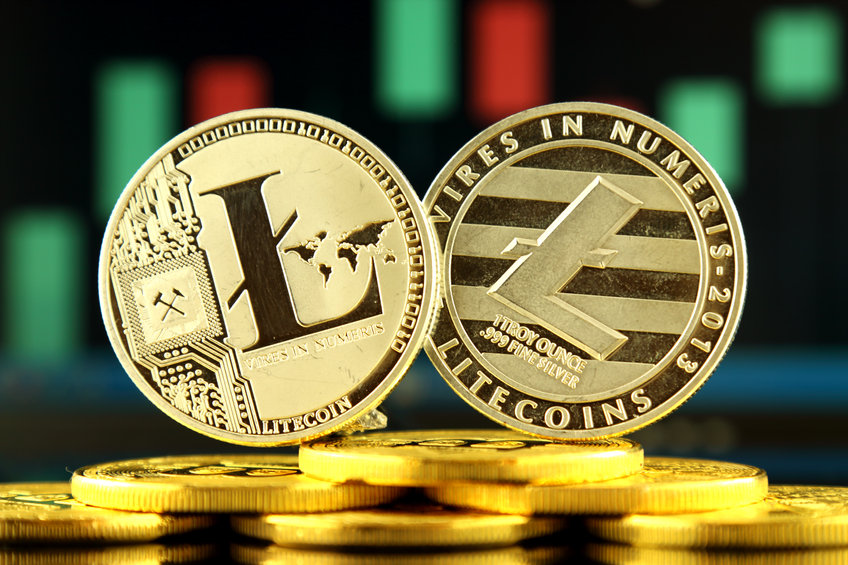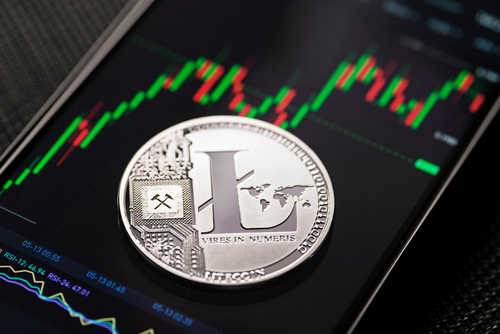How to Invest In Litecoin In 2025
Litecoin (LTC) was created in 2011, making it one of the first cryptocurrencies emerge after Bitcoin. It aims to serve the same purpose as Bitcoin, which is enabling peer-to-peer transactions, but it differs in several ways. It’s four times faster in processing transactions, has four times the number of coins, and uses a different hashing algorithm.
Litecoin has managed to maintain a coveted status within the crypto market for the majority of its existence while its market price touched a new all-time-high in September 2021, nearing the $400 mark. This piece will guide you on investing in LTC, helping you make the most of the opportunities it offers.
4 Ways to Invest in Litecoin
There are many ways to invest in Litecoin. This section will cover four different options depending on the objectives you are trying to achieve. Each strategy offers different results, and which one you choose will depend on your overall goal.
1. Buy Litecoin Through an Exchange
The first step you need to take before investing in Litecoin is acquiring a wallet to secure your digital assets. Different types of cryptocurrency wallets exist, including software wallets and hardware wallets. Both help secure your private keys safely, thereby ensuring you can stake a claim on a given bunch of coins that exist within the blockchain.
Software wallets exist in the form of websites, desktop, and mobile applications. They are easily accessible and ideal for traders and people who want to make regular transactions without inconveniences. However, they are less secure compared to hardware wallets since they are mostly connected to the internet. Examples of software wallets include Coinbase, Atomic wallet, Edge, and many more.
On the other hand, hardware wallets are devices that resemble USB flash drives. They store your private keys offline, making them the most secure mode of holding digital assets. Ideally, it would help if you used these kinds of wallets to store large amounts of a given cryptocurrency that you don’t plan to touch anytime soon. Examples of great hardware wallets today comprise those from Ledger, Trezor, and a few other companies. Once you have secured a hardware wallet, now join a reputable exchange and buy Litecoin (LTC).
Register an account and verify it by going through the Know Your Customer (KYC) process. You will have to upload a photo of your ID/passport, some proof of address, and a selfie. Then proceed to fund the account and purchase LTC.
2. Buy Fractions of Litecoin Through an Exchange
Currently, a single Litecoin costs over $100. The good news is you don’t have to buy a whole Litecoin if you can’t afford it. You can buy small fractions of the coin and grow your portfolio over time. One LTC can be broken down into 100 million Litoshi, which is the smallest quantity of the coin. This means it’s possible to own an amount of LTC worth just $1.
Most crypto exchanges have minimum limits on the amount you can purchase, including network fees, so it is safe to assume the smallest quantity you can buy is $10 of LTC. No matter how small your investment is, you can grow your portfolio slowly over time with a concrete plan. To put your plan in motion, you simply need to sign up on an exchange, verify your account, fund it, and start buying.
3. Trade Litecoin Through a Broker
Brokers are great for traders that don’t want to handle the coins themselves. For the average investor, the process of owning and securing a crypto asset can be daunting. Cryptocurrency brokers offer users an accessible way to trade LTC and other cryptocurrencies, as they hold your coins for you.
Brokers also offer financial instruments derived from coins like LTC. Such products include a contract for difference, or CFD. CFDs allow the trader to profit from the volatility that characterises crypto markets by speculating on whether the price of Litecoin will rise or fall. Thanks to a mechanism called leverage, your capital can receive a boost from the broker, thereby increasing your exposure for a trade. This can greatly increase your profits if used correctly, but also increases your risk.
4. Invest In a Litecoin ETF
Exchange-traded funds (ETFs) are just that – funds traded on the stock exchange. These can be made up of just one asset, such as Litecoin, or many different assets of different types. Being listed on the stock market requires extensive vetting, and the heavy regulation required makes ETFs a great investment for people who are concerned about security, scams, and fraud.
Multi-coin ETFs that contain Litecoin allow you to spread your investment risk across multiple crypto assets. If Litecoin doesn’t generate the returns you had hoped for, then the logic is that the other coins in this ‘basket’ will make up for these losses. ETFs are carefully selected by experienced fund managers and offer a fantastic option for investors who are unsure of market conditions or don’t have the time to do extensive research.
What to Consider Before Investing in Litecoin
So far, you have learned how to get started with investing in Litecoin and the many strategies you can use. However, before you can begin your journey, you need to consider a few factors to ensure your venture will be successful.
Fees
Litecoin was designed to have lower network fees than coins like Bitcoin, but large transactions at peak times may cost several dollars. Cryptocurrency trading platforms also charge for their services, so if you intend to trade regularly, be aware that recurrent fees can take a chunk out of your profits.
Brokers will not charge network or transaction fees, but there are commissions and other costs such as deposits and withdrawal fees. There may also be costs associated with the payment method you choose to use to fund your account as well.
Risks
As with any investment, there are risks attached to Litecoin. Just like the entire crypto market, LTC is highly volatile, and prices can change dramatically overnight. Many find this alarming, and may benefit from managing their risk using the hedging techniques mentioned in this guide.
Authorities around the globe are yet to come up with adequate regulations that govern cryptocurrencies. As such, due diligence is crucial before investing to avoid falling for scams, and ETFs provide a regulated entry point for wary investors.
Always avoid people promising to invest on your behalf, as well as schemes guaranteeing profits with zero risk, and lastly secure your accounts and wallets properly to protect yourself from hacks.
Payment Methods
Before joining a given platform to invest in Litecoin, you have to consider the payment modes supported. This can make or ruin your investment experience. A great platform should offer various ways to allow you to make your investment, such as using cash, bank transfers, credit/debit cards, e-wallets, third-party payment modes, and even other cryptocurrencies.
Why Invest in Litecoin?
There is a lot of buzz around cryptocurrencies today. Digital currencies are seen as the future of money, and we are still at the beginning of this revolution. Cryptocurrencies are decentralised, which makes them censorship-resistant. When you own Litecoin, you control your funds and can use them as you please. Thanks to increasing demand, the value of these assets keeps growing with time. Litecoin has existed for over 10 years, and in this time has produced an ROI of over 4000% at its summit. Very few asset classes, if any, can match that kind of performance. Expect this return on investment to grow as masses embrace digital assets more and more.
Summary of Investing in Litecoin
Judging by the rate the cryptocurrency market is growing, the best time to invest in Litecoin seems to be today. Don’t just take our word for it: conduct research of your own and see how the market for coins like Litecoin has grown over the last decade or so. This guide outlines all the ways you can invest in Litecoin and the perks you stand to gain with each strategy. By heeding this advice, you should be in good stead as you start your investment journey.
News

Nasdaq files 19b-4 form for ‘Canary Litecoin ETF’ SEC approval
16 January 2025 Nasdaq has filed a 19b-4 form for the proposed Canary Litecoin ETF. The SEC recently asked Canary…
Canary Capital files for Litecoin ETF after recent XRP ETF filing
15 October 2024 Canary Capital has filed for a spot Litecoin ETF The ETF aims to offer institutional investors exposure…
Litecoin shrimps capitulate as LTC declines
27 August 2024 Litecoin price hovers around $63 with the altcoin down over 5% in the past week and 11%…
Litecoin sees a spike in on-chain activity- but what’s next for LTC?
27 October 2023 Litecoin price was down 3% to trade around $67 on Friday morning. Santiment wrote on X that…
Litecoin (LTC) spikes as Bitcoin hits $30k
20 October 2023 Litecoin price jumped 4% to above $64 on Friday morning. LTC was up as positive sentiment permeated…
